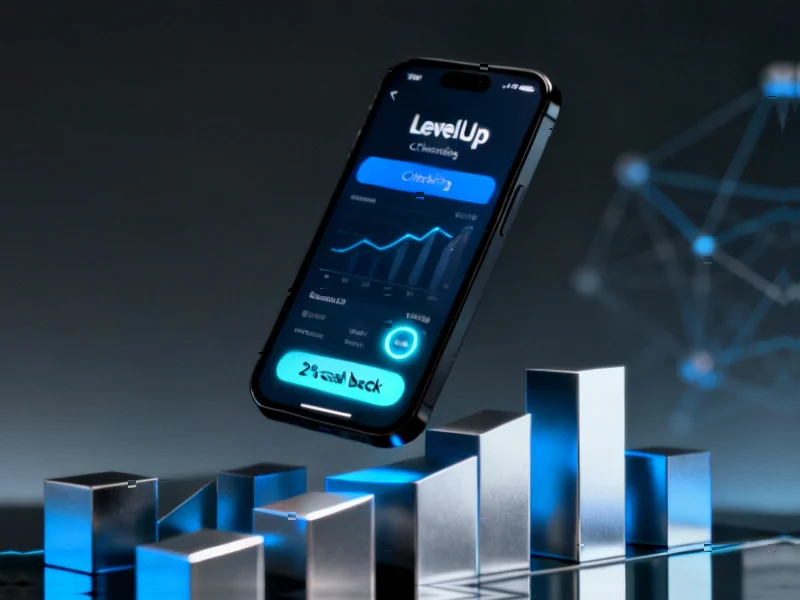According to Android Authority, Apple is developing a lower-cost Mac laptop targeting students and mainstream buyers that could sell for $699 to $799. The machine would use less-advanced components like iPhone-class A-series processors and a smaller LCD screen below the current MacBook Air’s 13.6-inch panel. This would position it “well under $1,000” and mark Apple’s first serious attempt at budget pricing for a Mac. The strategy aims to pull more students into Apple’s ecosystem with an affordable entry point.
<h2 id="business-strategy”>The Long Game Play
Here’s the thing about Apple – they’ve always been perfectly happy letting you spend $1,000+ to get into their laptop ecosystem. But that’s left a massive gap in the education market where Chromebooks absolutely dominate. Basically, Apple’s been watching Google eat their lunch in schools for years, and they’re finally doing something about it.
Think about it – at $700, this isn’t just competing with Chromebooks. It’s competing with all those Windows laptops that flood the back-to-school sales every year. And let’s be honest, most students don’t need powerhouse machines. They need something that works, lasts all day, and doesn’t break the bank. Sound familiar? That’s exactly the Chromebook pitch.
The Real Money Maker
Now, Apple isn’t going to make much profit on the hardware at that price. But that’s not the point. The real win is getting students hooked on macOS early. Once you’re in the Apple ecosystem, you’re way more likely to stick with iPhones, AirPods, and eventually upgrade to more expensive Macs down the line.
I mean, how many people do you know who started with an iPhone in high school and just never left? This is that same playbook, but for laptops. Get them young, keep them forever. It’s actually brilliant timing too, with so many schools still figuring out their post-pandemic tech setups.
How They’ll Make It Work
Using iPhone processors is the key move here. Apple’s A-series chips are already incredibly powerful for their size and cost. They’ve been refining that architecture for over a decade. So instead of developing all-new silicon, they’re basically repurposing what they already make at massive scale.
The smaller, lower-end screen is another obvious cost cutter. But let’s be real – most students won’t care if it’s not Retina quality as long as it runs Zoom, Google Docs, and Netflix without choking. The question is whether Apple can resist their usual premium touches enough to actually hit that $700 price point.
This could finally be the Mac that makes sense for budget-conscious families and schools. And if it works? Chromebooks might actually have some real competition for the first time in years.




